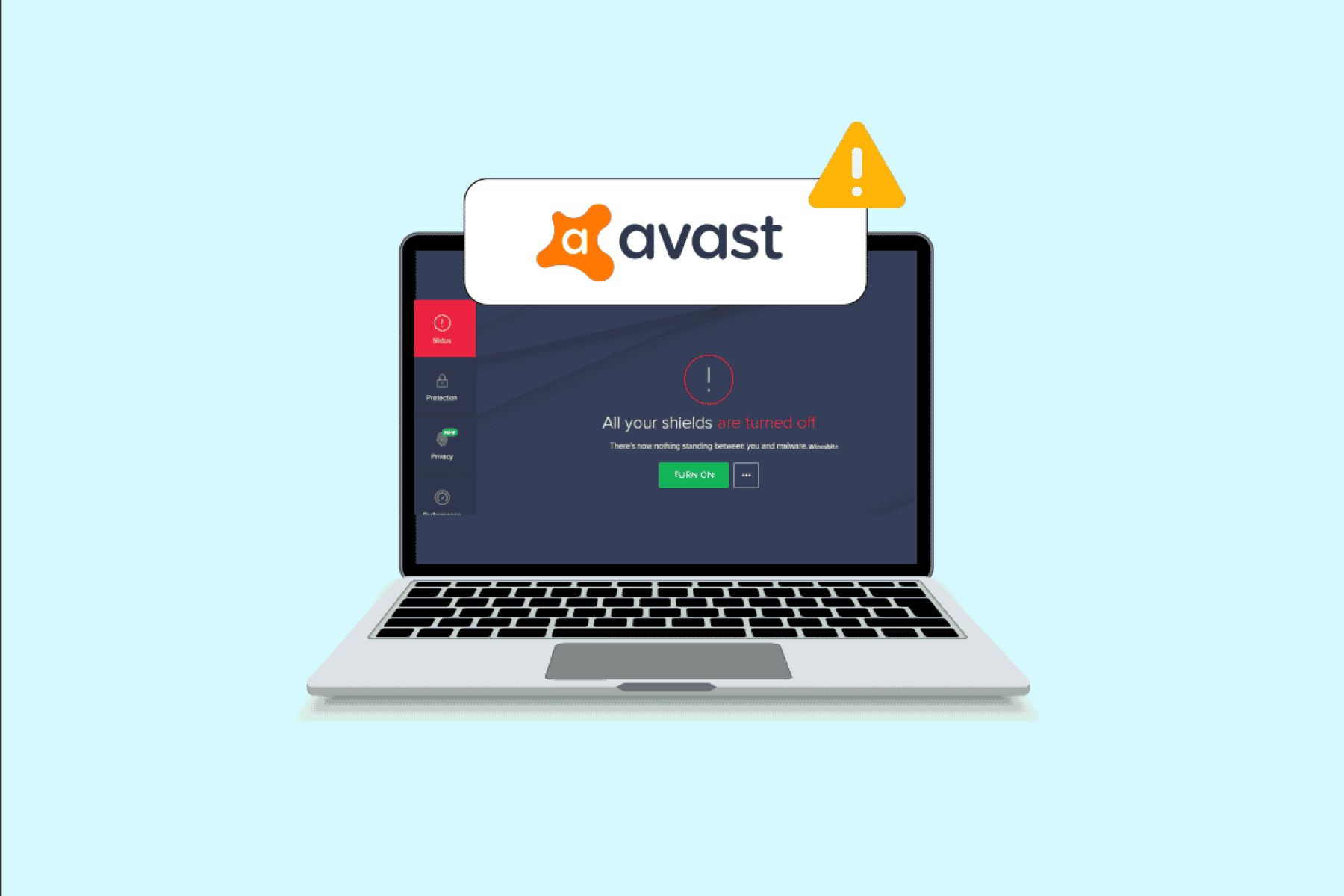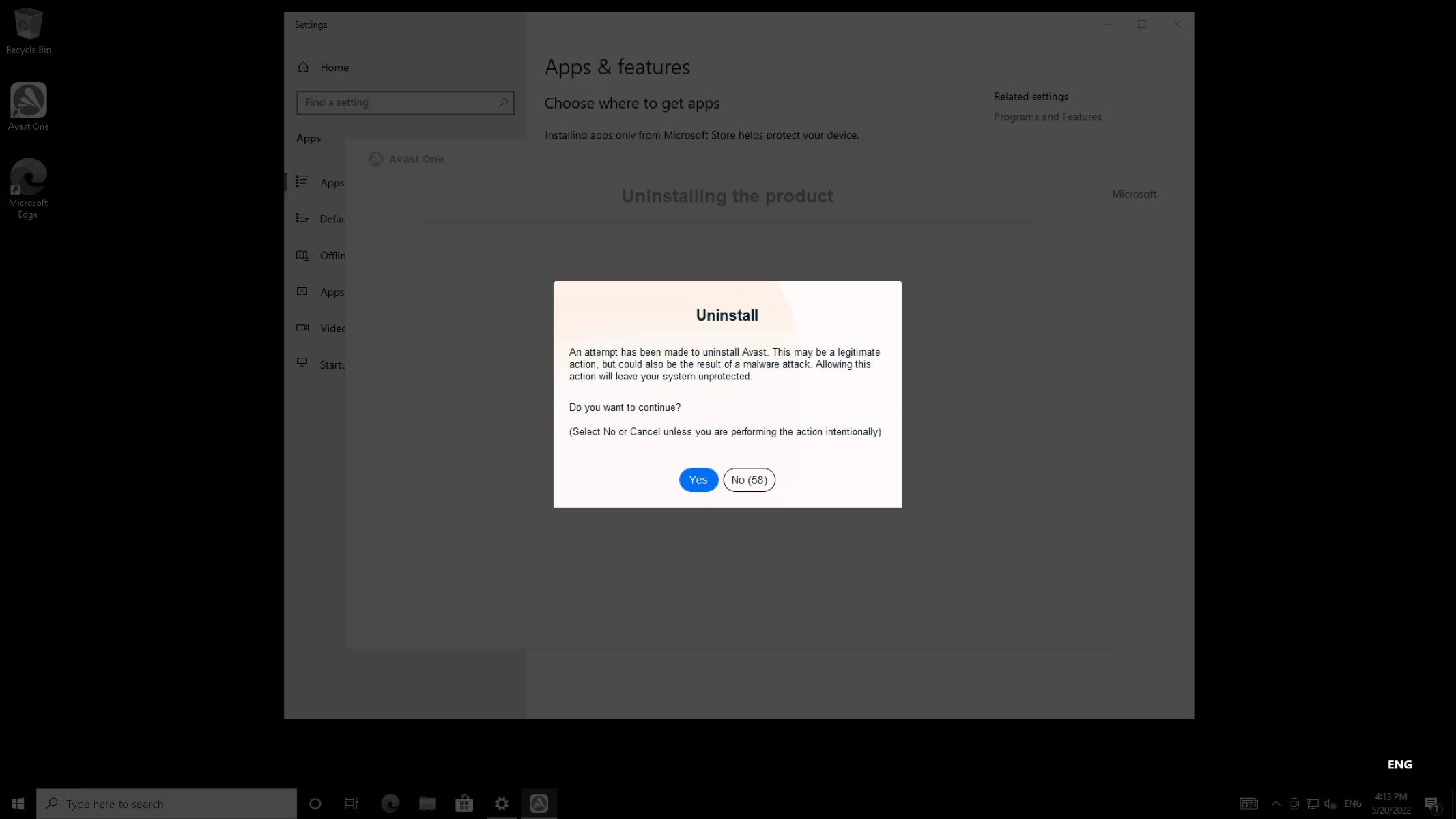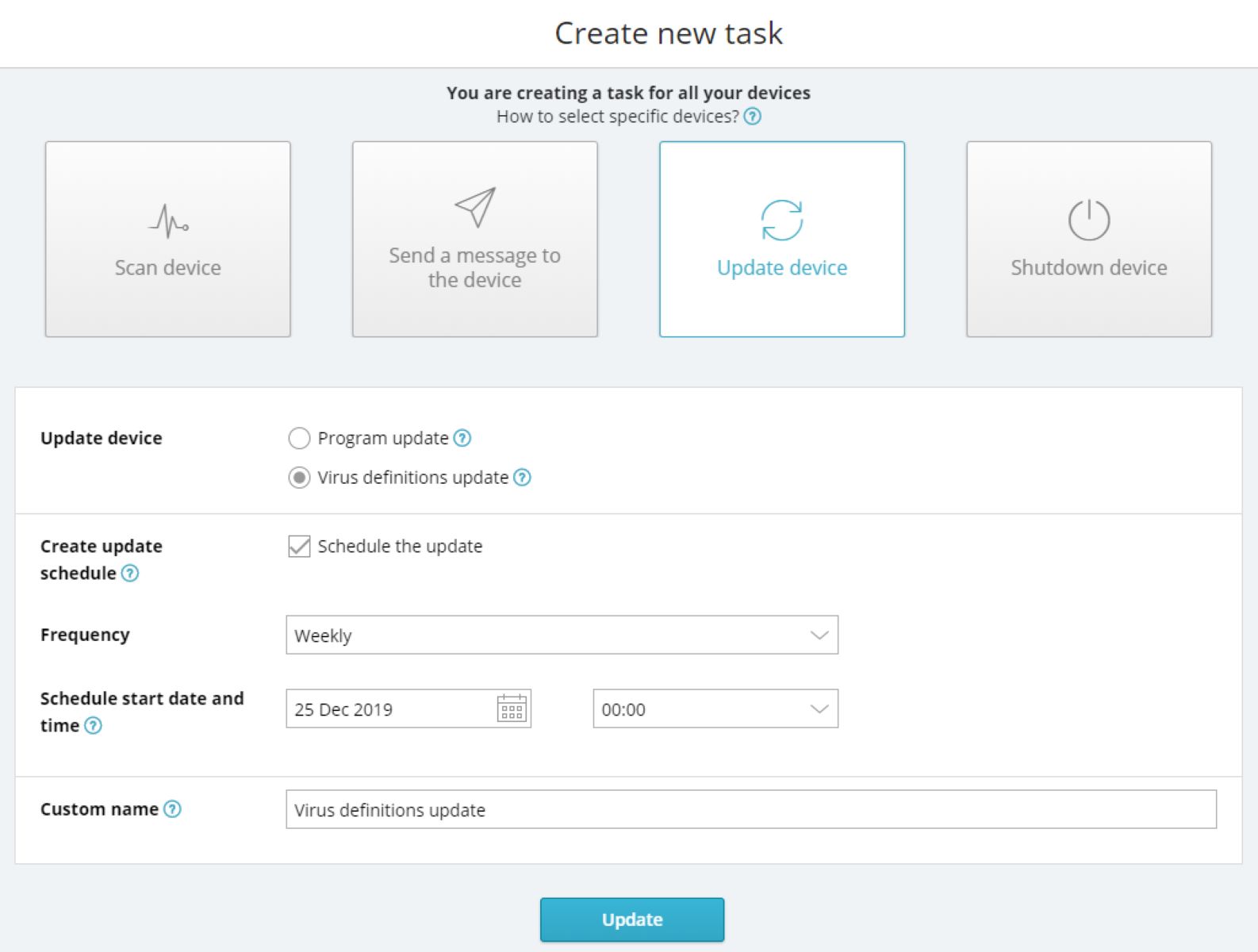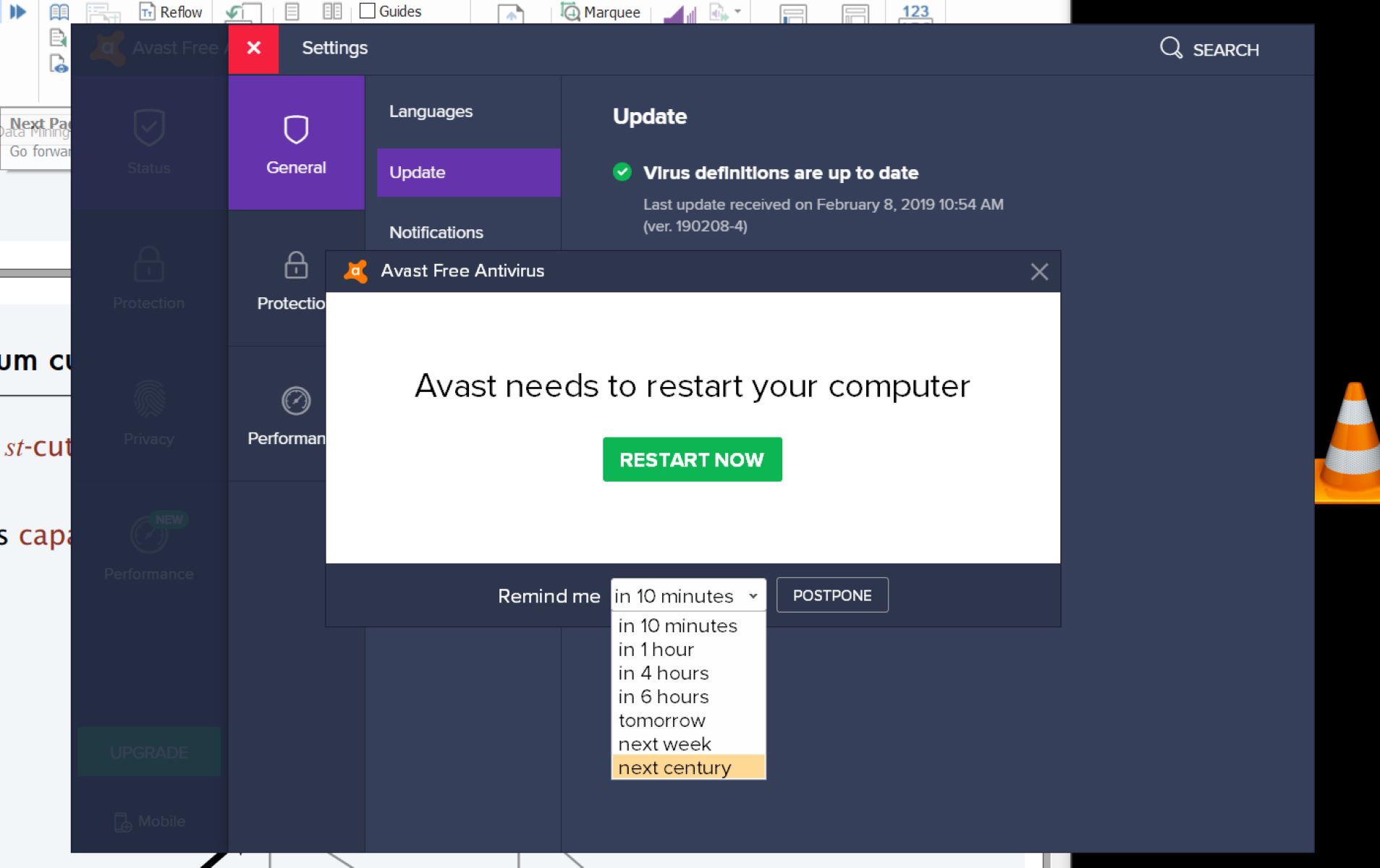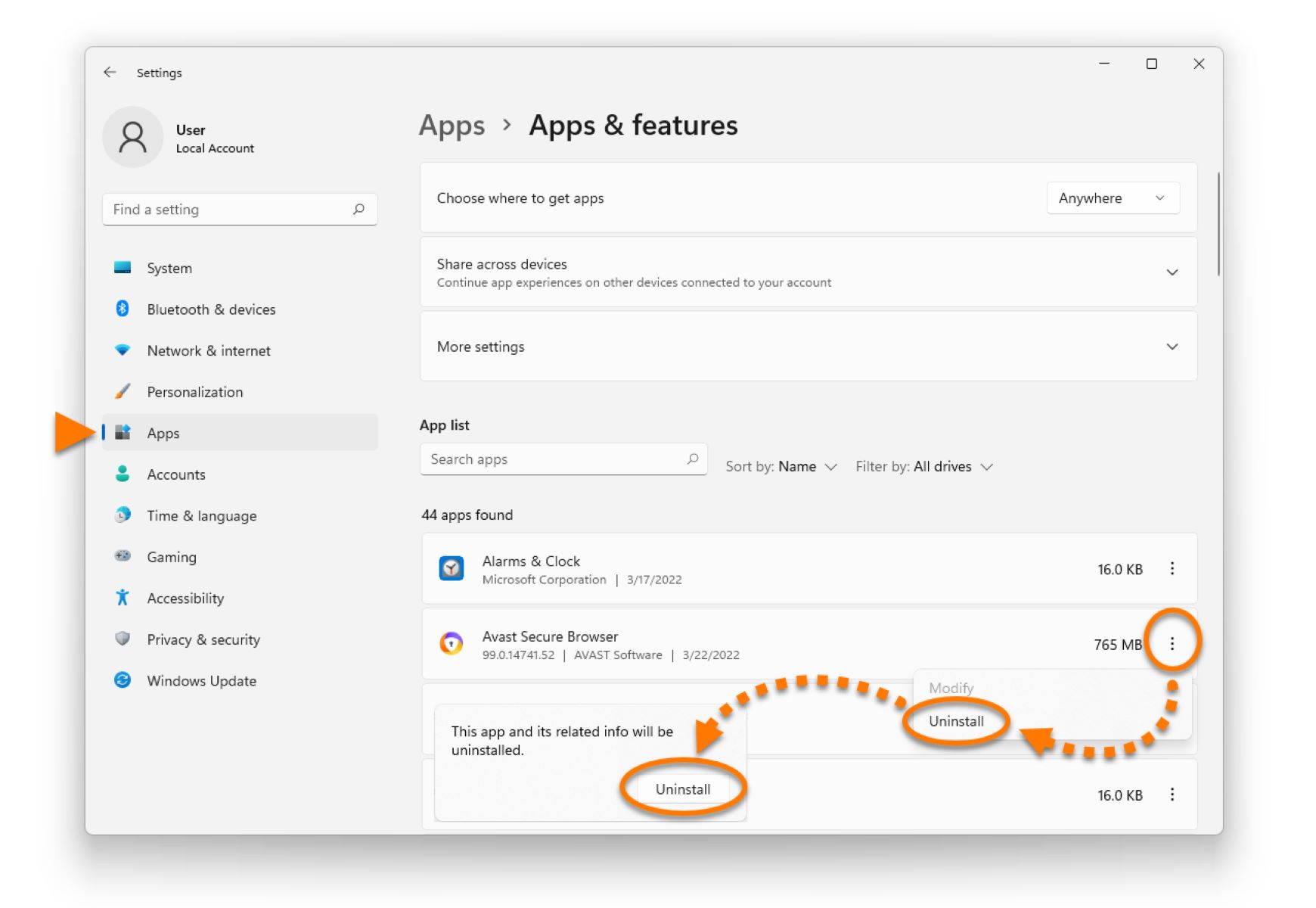Introduction
Avast Antivirus is a popular software used by millions of people around the world to protect their devices from malware, viruses, and other online threats. However, there may be occasions when you need to temporarily disable Avast for various reasons. It could be because you want to install a software that Avast is flagging as a potential threat, or you need to troubleshoot a specific issue on your computer.
In this article, we will explore several methods that you can use to temporarily disable Avast Antivirus software. These methods are simple and safe to follow, allowing you to easily enable and disable Avast as needed. Whether you’re a tech-savvy user or a beginner, you’ll find a method that suits your needs.
Please note that disabling Avast temporarily should only be done when absolutely necessary. Running your computer without active antivirus protection exposes it to potential risks. Therefore, it’s important to re-enable Avast as soon as you complete the task that required its temporary deactivation.
Now, without further ado, let’s delve into the various methods to temporarily disable Avast Antivirus and get your computer up and running smoothly.
Method 1: Disabling Avast temporarily from the system tray
One of the quickest and easiest ways to temporarily disable Avast is by using the system tray icon. The system tray is located in the bottom-right corner of your screen, next to the clock. Follow these steps:
1. Locate the Avast icon in the system tray. It’s usually represented by a blue, orange, or green “A” shield icon.
2. Right-click on the Avast icon to open the contextual menu.
3. In the menu that appears, hover over the “Avast shields control” option.
4. From the sub-menu, you’ll see options to disable specific protection shields like Real-time, Firewall, or Web Shield.
5. Choose the shield(s) that you want to disable temporarily. Avast will prompt you to confirm your action.
6. Click on “Yes” to confirm and disable the selected shield(s).
Avast will now deactivate the selected shield(s) and show a notification that the protection has been turned off. Keep in mind that this method doesn’t completely disable Avast. Other Avast components, such as the antivirus engine, may still be active.
To re-enable the shields, follow the same steps mentioned above and choose the “Enable” or “Start” option for the previously disabled shields. Avast will resume its protection once you confirm your action.
Method 2: Accessing Avast settings to disable protection temporarily
If you prefer a more comprehensive approach to temporarily disable Avast, you can access the software’s settings. Here’s how:
1. Locate the Avast icon on your desktop or in the start menu, and double-click it to open the Avast interface.
2. Once the Avast main window appears, click on the “Menu” option in the top-right corner. It’s represented by three horizontal lines.
3. From the drop-down menu, select “Settings” to open the Avast settings panel.
4. In the settings panel, navigate to the “Protection” tab. This tab might be named differently depending on the version of Avast you’re using.
5. Look for the specific protection module you want to disable temporarily, such as “File Shield” or “Behavior Shield”.
6. Click on the module to expand its settings.
7. In the expanded settings, you’ll find an option to disable the module. It might be labeled as “Turn off”, “Stop”, or “Pause”.
8. Toggle the switch to disable the protection module temporarily.
Avast will now disable the selected protection module, and you’ll see a notification confirming the action. It’s important to note that other modules may still remain active.
To enable the disabled module, follow the same steps and toggle the switch to enable it. Avast will start protecting your system with the re-enabled module.
Please exercise caution when accessing Avast settings, as it’s a critical area that can impact the security of your device. Only disable the protection modules temporarily and re-enable them as soon as you’ve completed the necessary task.
Method 3: Using the Avast Antivirus control panel to temporarily disable the program
If you want to temporarily disable the entire Avast Antivirus program, you can do so through the Avast control panel. Here’s how:
1. Locate the Avast icon on your desktop or in the start menu, and double-click it to open the Avast interface.
2. Once the Avast main window appears, click on the “Menu” option in the top-right corner. It’s represented by three horizontal lines.
3. From the drop-down menu, select “Settings” to open the Avast settings panel.
4. In the settings panel, navigate to the “General” tab. This tab might be named differently depending on the version of Avast you’re using.
5. Look for the option that says “Troubleshooting” or “Troubleshoot”.
6. Click on the “Troubleshooting” option to open the troubleshooting settings.
7. In the troubleshooting settings, you’ll find a toggle switch that allows you to “Disable Avast until next restart”.
8. Toggle the switch to the “On” position to temporarily disable Avast.
Avast will now be disabled until the next time you restart your computer. This method is useful when you need to perform a specific task that requires Avast to be completely turned off. However, it’s important to remember to re-enable Avast after completing your task to keep your device protected.
To re-enable Avast before restarting your computer, follow the same steps and toggle the switch to the “Off” position. Avast will then resume its normal operations and start protecting your system again.
Remember, disabling Avast completely should only be done when necessary, as it leaves your computer more vulnerable to threats. Use this method responsibly and enable Avast as soon as possible to maintain the security of your device.
Method 4: Creating an Avast exclusion to allow specific files or programs temporarily
If you encounter a situation where Avast keeps blocking a particular file or program that you trust, you can create an exclusion to temporarily allow it. This method allows you to bypass Avast’s protection for specific files or programs. Here’s how:
1. Locate the Avast icon on your desktop or in the start menu, and double-click it to open the Avast interface.
2. Once the Avast main window appears, click on the “Menu” option in the top-right corner. It’s represented by three horizontal lines.
3. From the drop-down menu, select “Settings” to open the Avast settings panel.
4. In the settings panel, navigate to the “General” tab. This tab might be named differently depending on the version of Avast you’re using.
5. Look for the option that says “Exclusions” or “Exceptions”.
6. Click on the “Exclusions” option to open the exclusion settings.
7. In the exclusion settings, you’ll find options to add specific files, folders, or programs to the exclusion list.
8. Click on the “Add” or “Browse” button to navigate to the file or program you want to exclude from Avast’s scanning or protection.
9. Once you’ve selected the file or program, click “OK” or “Add” to add it to the exclusion list.
Avast will now exclude the specific file or program from its scanning and protection temporarily. This allows the file or program to function uninterrupted without any interference from Avast.
To remove the exclusion and revert to Avast’s regular protection, simply go back to the exclusion settings, locate the file or program in the list, and click on the “Delete” or “Remove” button.
It’s important to note that creating exclusions should only be done for trusted files or programs. Be cautious when excluding unknown or suspicious files, as they may pose a threat to your computer’s security. Always exercise caution and only exclude files or programs from Avast temporarily when necessary.
Method 5: Pausing Avast shields temporarily using the Avast icon on your desktop
If you need to quickly pause all Avast shields to perform a specific task, you can do so using the Avast icon on your desktop. Here’s how:
1. Locate the Avast icon on your desktop. It’s usually represented by a blue, orange, or green “A” shield icon.
2. Right-click on the Avast icon to open the contextual menu.
3. From the menu, hover over the “Avast shields control” option.
4. In the sub-menu that appears, select “Disable for (X amount of time)”.
5. Choose the duration for which you want to disable Avast shields. You can select options like 10 minutes, 1 hour, or until restart.
Avast will now pause all its shields for the specified duration. During this time, your computer will be temporarily unprotected against potential threats. It’s crucial to remember to re-enable Avast shields once you’ve completed the task at hand.
To re-enable the shields before the specified time has elapsed, follow the same steps and choose the “Enable” option from the sub-menu. Avast will resume its protection immediately.
Please note that pausing Avast shields temporarily should be done with caution. It exposes your computer to potential risks, so it’s essential to enable the shields as soon as possible to ensure your device’s security.
This method is suitable for situations where you need a temporary break from Avast’s active protection for a specific task. After completing the task, always remember to re-enable Avast shields promptly.
Method 6: Using the Avast Behavior Shield to disable the antivirus temporarily
If you’re facing compatibility issues with a particular program or experiencing false positives with Avast, you can use the Behavior Shield feature to temporarily disable the antivirus. Here’s how:
1. Locate the Avast icon on your desktop or in the start menu, and double-click it to open the Avast interface.
2. Once the Avast main window appears, click on the “Menu” option in the top-right corner, represented by three horizontal lines.
3. From the drop-down menu, select “Protection” and then choose “Behavior Shield” from the subsequent options.
4. In the Behavior Shield settings, toggle the switch to disable the “Enable Behavior Shield” option.
By disabling the Behavior Shield, Avast’s behavior-based detection feature will be temporarily turned off. This can help resolve issues caused by false positives or conflicts with certain programs.
However, it’s important to note that by disabling the Behavior Shield, you are disabling an important layer of protection against unknown threats. Therefore, it’s recommended to re-enable the Behavior Shield as soon as you have resolved the specific issue or completed the task that required its temporary deactivation.
To re-enable the Behavior Shield, follow the same steps mentioned above and toggle the switch to enable the “Enable Behavior Shield” option.
Keep in mind that disabling the Behavior Shield should only be done temporarily and in specific situations. It’s essential to maintain other layers of Avast’s protection to ensure your computer’s security.
This method provides a targeted approach to temporarily disable Avast’s behavior-based detection and can be useful in resolving compatibility issues or false positives with certain programs.
Method 7: Disabling Avast temporarily through the Windows Security settings
If you need to temporarily disable Avast Antivirus software, you can do so by using the Windows Security settings. Here’s how:
1. Open the Windows Security application on your computer. You can do this by clicking on the Start menu and searching for “Windows Security”.
2. Once the Windows Security window is open, click on the “Virus & threat protection” option.
3. Under the Virus & threat protection settings, click on “Manage settings”.
4. Scroll down to the “Real-time protection” section and toggle the switch to turn it off.
Disabling real-time protection in the Windows Security settings will temporarily stop Avast from actively scanning and protecting your computer in real-time. It is important to remember that this method only disables Avast temporarily and does not turn off other components of the software.
To re-enable Avast’s real-time protection, follow the same steps and toggle the switch to turn it on again.
This method provides an alternative way to temporarily disable Avast without accessing Avast’s own settings. However, it is essential to re-enable real-time protection as soon as you have completed the task that required its temporary deactivation to ensure the ongoing security of your device.
Remember, disabling Avast or any antivirus program should only be done when necessary and for a specific reason. Leaving your computer without active antivirus protection puts it at risk, so always enable Avast again as soon as possible.
By using the Windows Security settings to disable Avast temporarily, you can quickly and easily control the antivirus software’s real-time protection without navigating through Avast’s settings panel.
Conclusion
Temporarily disabling Avast Antivirus software can be necessary for various reasons, such as installing certain programs, troubleshooting issues, or resolving compatibility conflicts. However, it’s important to remember that disabling Avast should only be done when absolutely necessary, as it leaves your computer vulnerable to potential threats.
In this article, we have explored multiple methods to temporarily disable Avast. These methods include disabling Avast from the system tray, accessing Avast settings to disable protection, using the Avast Antivirus control panel, creating exclusions for specific files or programs, pausing Avast shields from the desktop icon, using the Behavior Shield to disable the antivirus, and temporarily disabling Avast through the Windows Security settings.
When following these methods, it’s crucial to exercise caution and re-enable Avast once you have completed the necessary task. Keeping your antivirus protection active is essential for maintaining the security of your device and protecting it from potential threats.
Remember, each method may be suitable for different scenarios, so choose the method that best fits your needs. If you have any concerns or questions, it’s always recommended to consult with Avast’s official documentation or support.
By understanding how to temporarily disable Avast, you can effectively and safely manage the software’s protection features to cater to your specific requirements.







